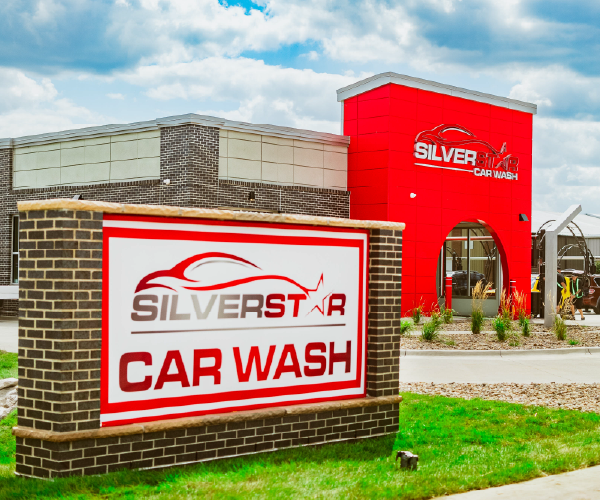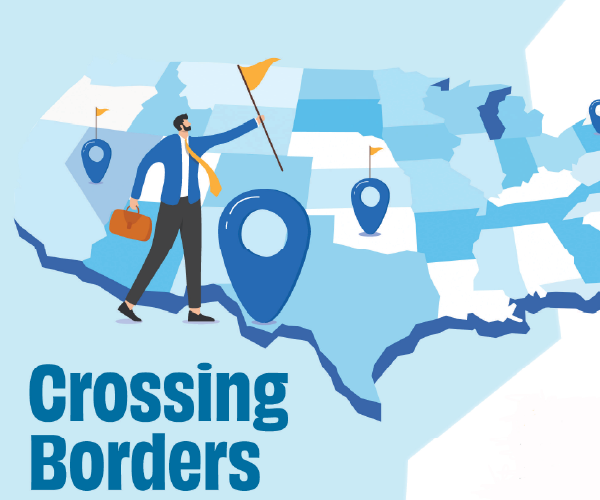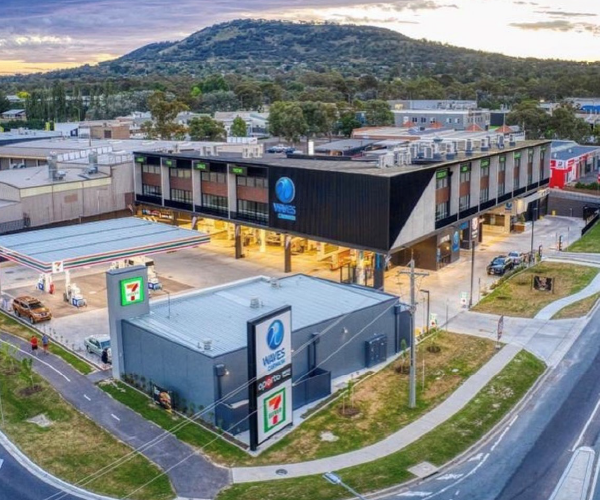
On the Road but Still Online
January 1, 2014
6 minute ReadWant to know how to find the closest car wash with the best price and the shortest wait time? Ask your car.
You may not get an answer today, but technology exists that enable human-machine interface to make a busy day filled with appointments and chores easier to manage and safer to maneuver — and it can all be integrated into your car, creating the “connected car.” As consumers look for ways to better manage time and money, small businesses can tap into the technology to improve customer experience and attract new customers.
There are two types of connected-car technology, pointed out Dr. Peter Frise, chief executive officer and scientific director of AUTO21, Canada’s automotive research program.
“Driver- assist technology is invisible to the driver but supports safety functions. An example is active cruise control that sets and maintains specific distances between cars to create a safety perimeter,” he explained. Another example is technology that can sense a car suddenly stopping ahead or turning into the driver’s lane. There are servicing issues for cars with safety functions like these. “Functions that rely on software also require software updates,” he explained. Determining the best way to provide those updates and ensuring car owners keep software updated is important for the safety features people will come to rely upon, he added.
The second type of technology falls into the “infotainment” category, Frise said. Global Positioning Systems (GPS) have been included in cars for years, but new technology integrates GPS features with real-time information that can provide more than the shortest route to a destination. Communication with traffic management systems not only provides a route but takes traffic, dangerous driving conditions and road closures into account.
Vehicle-to-infrastructure communications over a wireless network along with vehicle-to-vehicle communications would reduce vehicle crashes by 81 percent and reduce traffic backups, according to the research by the National Highway Traffic Safety Administration.
YOUR VIRTUAL ASSISTANT ON THE ROAD
“You can already dial a telephone or select music through voice-activated features, but more complex technology will enable actual interaction, which allows drivers to keep their hands, feet and eyes focused on driving,” Frise said.
In fact, Ford Motor Company announced that its Sync technology will be available in more than 90 percent of Ford’s 2014 vehicles and General Motors Company’s OnStar system will connect with a driver’s smartphone to run apps by voice. Even with voice activation features, the compulsion is still to look at a smartphone, so startup company NeXt is developing HeadsUP!, a transparent screen for the windshield that projects a smartphone display onto the windshield so the driver can see it while still looking at the road. A combination of voice and gesture control features enables the driver to scroll through messages and respond to texts.
Smartphones with voice-activated technology are already available, but tech companies that provide virtual assistants, such as Speaktoit, are looking at cars as the next location for the technology. “We provide our virtual assistant through an application for Android devices such as smartphones and tablets, but the car is the logical next platform because people are already using the mobile devices in their cars,” explained Ilya Gelfenbeyn, chief executive officer of Speaktoit. There are challenges to voice activation within a car, he admitted. “Noises in a car can affect accuracy of the interface, and accents or languages must also be addressed in the technology.”
The most critical aspect of virtual assistant technology is recognizing user preferences to provide the most appropriate information, Gelfenbeyn said. “Clarifying or follow-up questions can be asked to gather more detail, but the virtual assistant must communicate with databases that provide information needed by the user.” Speaktoit relies on open databases such as Yelp, Google Places or TripAdvisor to provide points of interest, restaurants, directions and contact information as users seek information about local businesses. “Virtual assistants will also be able to manage calendars and appointments or respond to texts or emails through voice activation.” To be most effective, virtual assistants in cars will need to be personalized to each user based on previous conversations, searches and requests, he said. “We want use of virtual assistants to be natural and convenient so the technology does not overwhelm the user but makes life easier.”
SAFETY CONCERNS RAISED
Although voice activation and other hands-free technologies are promoted as safety features because the driver is able to continue looking at the road rather than a device, researchers at the University of Utah discovered that drivers may be seeing the road as they drive but not comprehending what is happening in front of them. Because the brain is processing other data — listening to texts, directing a virtual assistant to find a restaurant or evaluating different routes — the driver’s reaction to an emergency situation might be delayed by half a second or more. While voice activation removes the risk of visual or physical distraction, cognitive distraction is dangerous because a car can travel the distance of several lengths of a car in a half a second, according to the National Safety Council.
While researchers and connected car experts are evaluating ways to minimize the risk of distracted drivers, car wash equipment manufacturers are already addressing it, said Rich Andreas, vice president of sales and marketing for Washworld, a manufacturer of car wash systems. “Our systems already use an array of LED lights and in some cases, audio messages, to catch the driver’s attention as the car moves through the wash to make sure the car isn’t put into gear or brakes are not applied,” he said. “People review emails or make calls and forget they are in the wash.”
THE CONNECTED CUSTOMER
Even with the distracted driver dilemma, Andreas sees great opportunities for car wash owners to use connected car technology to provide a better customer experience. “Although we have sensors to determine lengths and heights of cars and set equipment to match these dimensions, the ability to communicate with the car to identify the specific make, model and year will be possible,” he said. “Equipment that automatically adjusts because it is difficult to clean a specific area of a particular model ensures a better wash and a more satisfied customer.”
Bluetooth technology will also provide opportunities for customers to pay for a wash without rolling down the window and swiping a credit card, Andreas pointed out. “A customer will be able to set up a profile that automatically orders the wash, pays for it and tracks loyalty rewards.”
There will be opportunities for small businesses such as restaurants, retail stores and car washes to market themselves through the connected car, Frise said. When a driver asks virtual assistants or enhanced GPS systems to find the closest restaurant with no wait for a table or a car wash with the best prices and shortest lines, it will be up to the businesses to make sure they are connected so their businesses are “seen” by the car. “Sensors that measure wait times or upload specials and coupons can be used to transmit information,” he said. The investment in transmitters and sensors may be a critical component of any small business marketing plan in the future.
Even today, small businesses should be sure they have an online presence on sites such as Yelp or TripAdvisor, Gelfenbeyn suggested. Today’s virtual assistants draw data from these sites so businesses that are not listed, or who have outdated information on the site, lose the opportunity to be presented as an option for a meal, an oil change or a car wash.
“We have a number of tech-savvy customers who already use websites, emails and text messages to provide coupons to customers or to alert them to specials,” Andreas said. “I think the rate of adoption of technology that will connect businesses with cars will be similar to the adoption of smartphones.” While there are some people who still want their flip phones that limit them to calls and texting, the number of people using smartphones has increased to the point that they are commonplace, he pointed out.
“We are on the cusp of huge leaps and bounds in connected car technology,” Andreas said. “The key to adoption and use of the technology for consumers and businesses will be the value offered. If the advances increase convenience for the consumer and attract new customers for the business, it will be welcomed by both audiences.”







